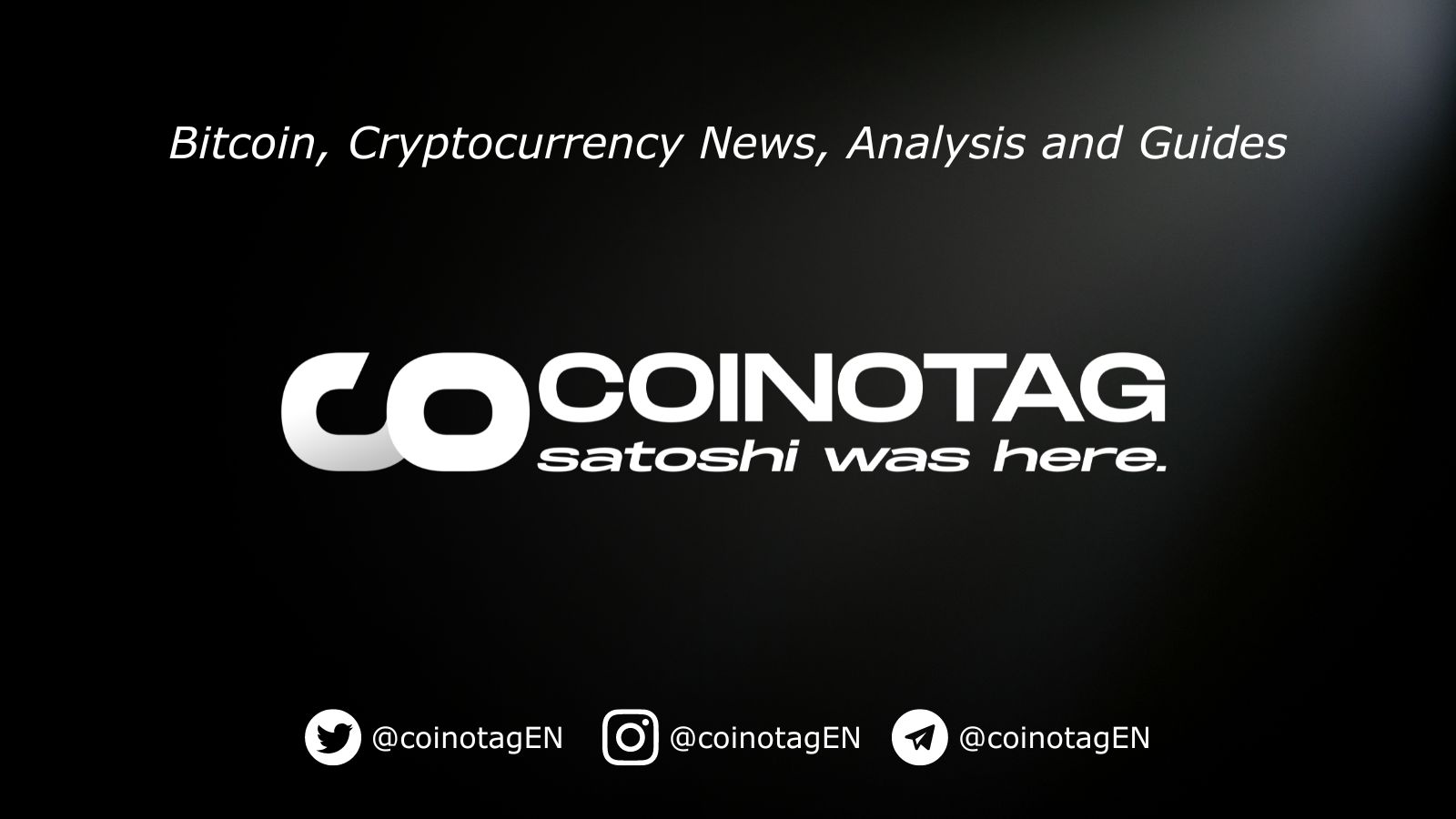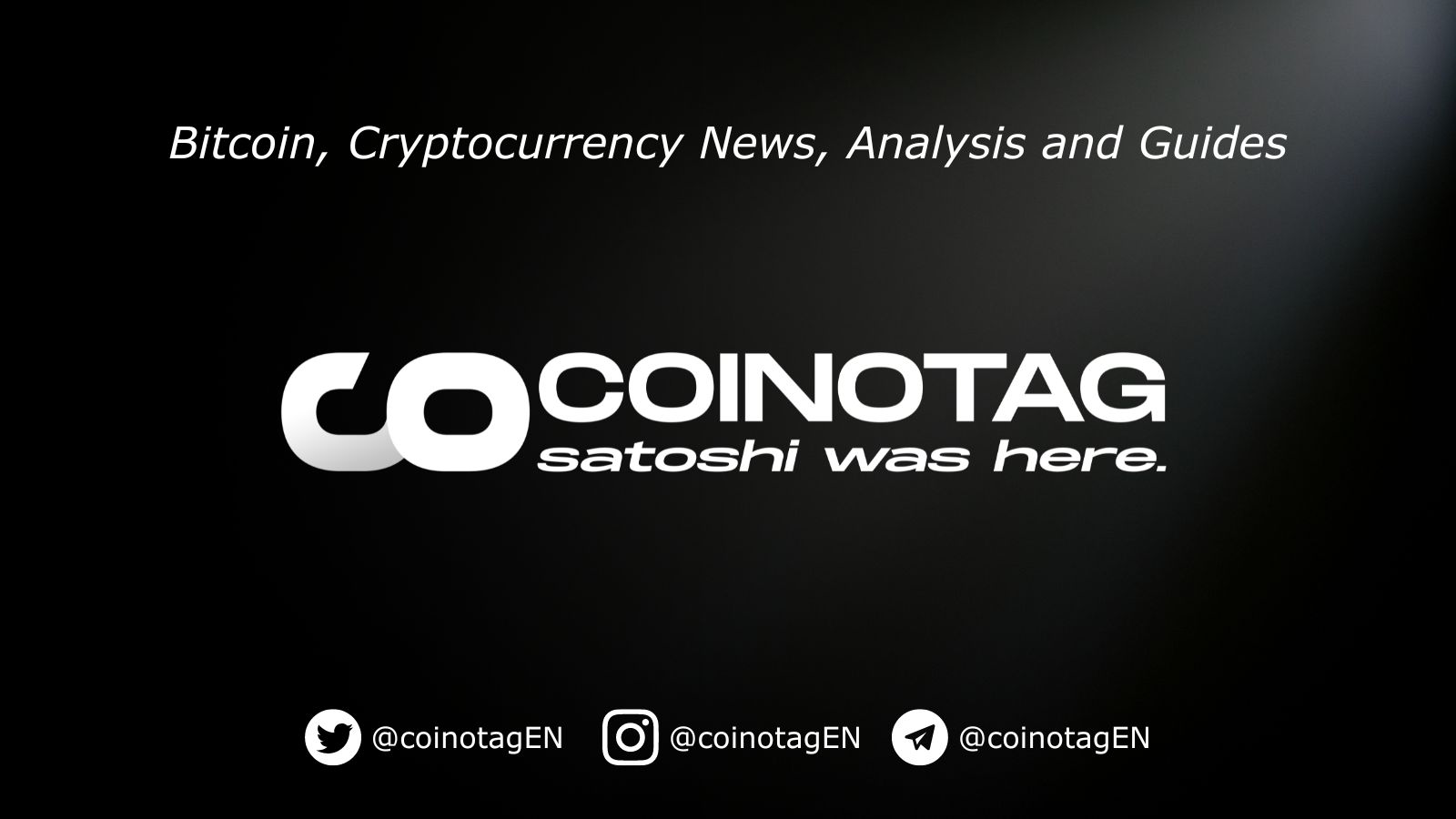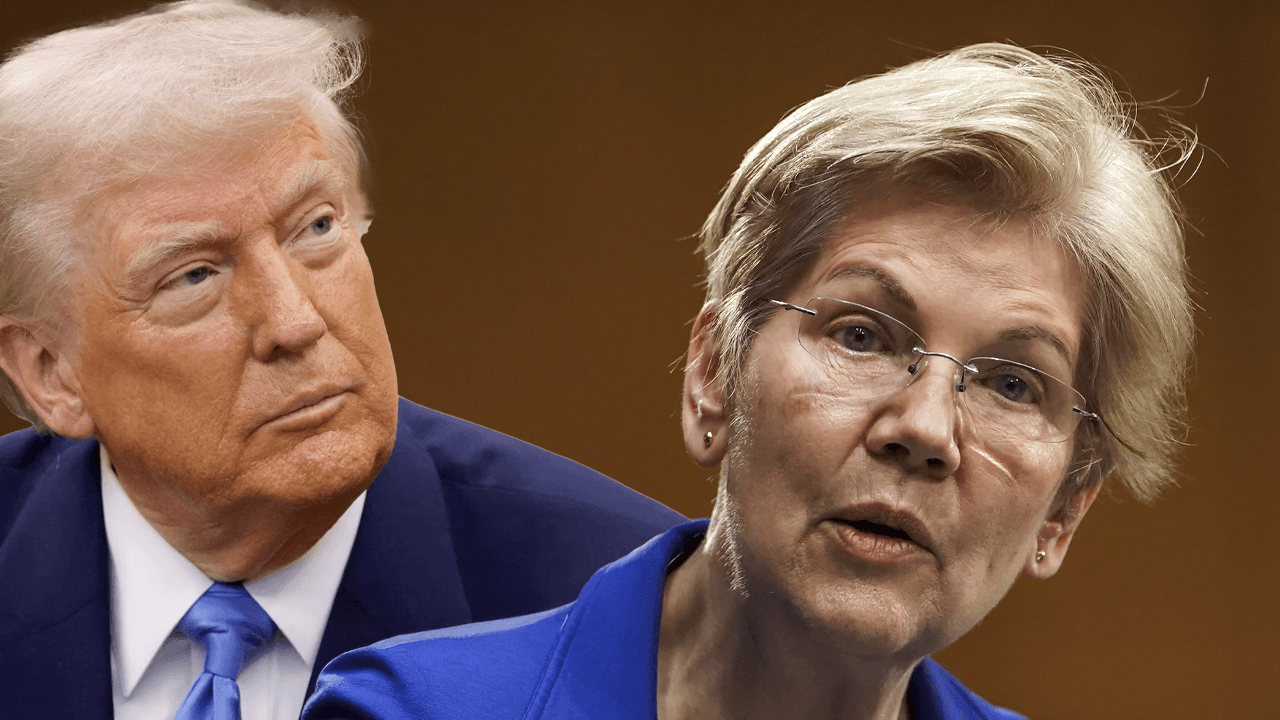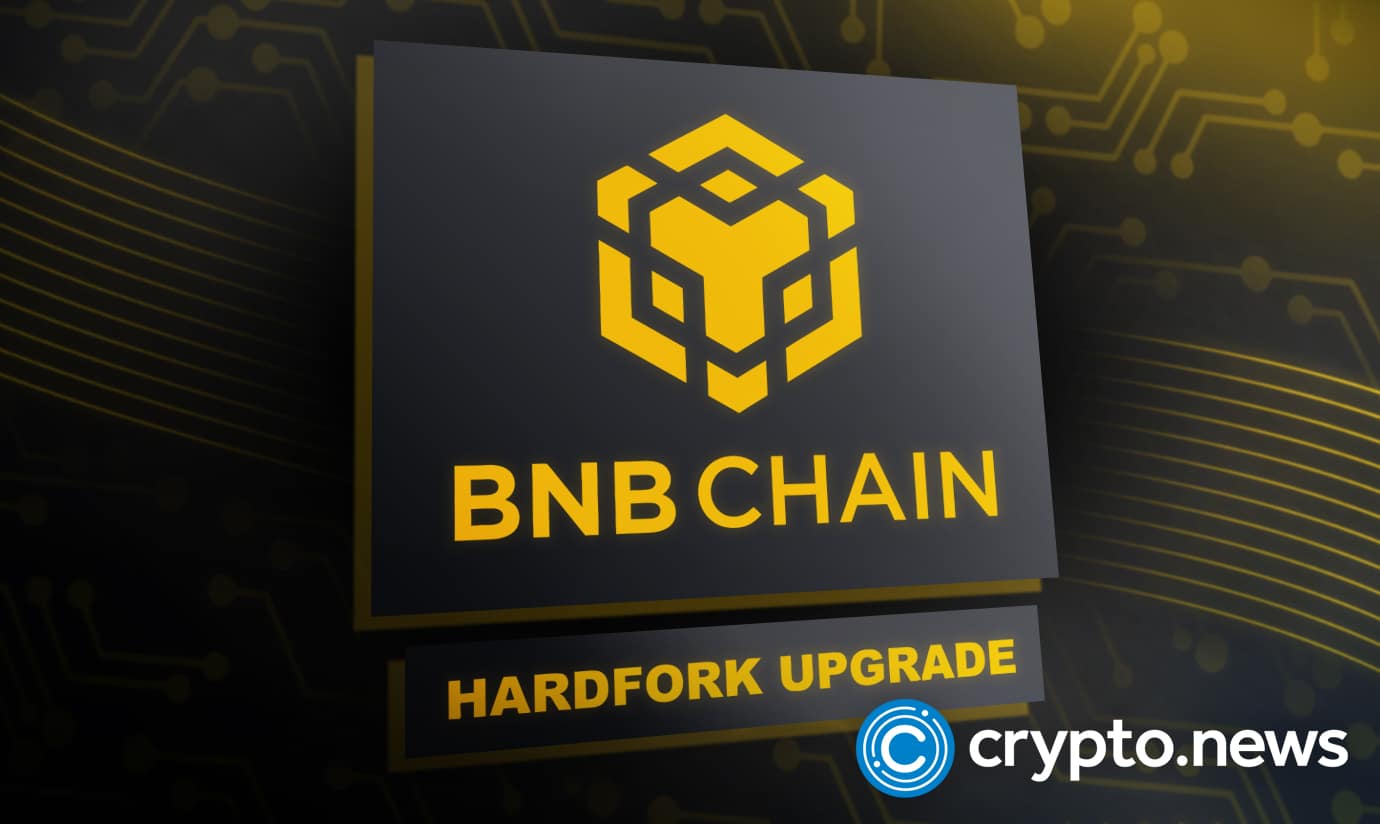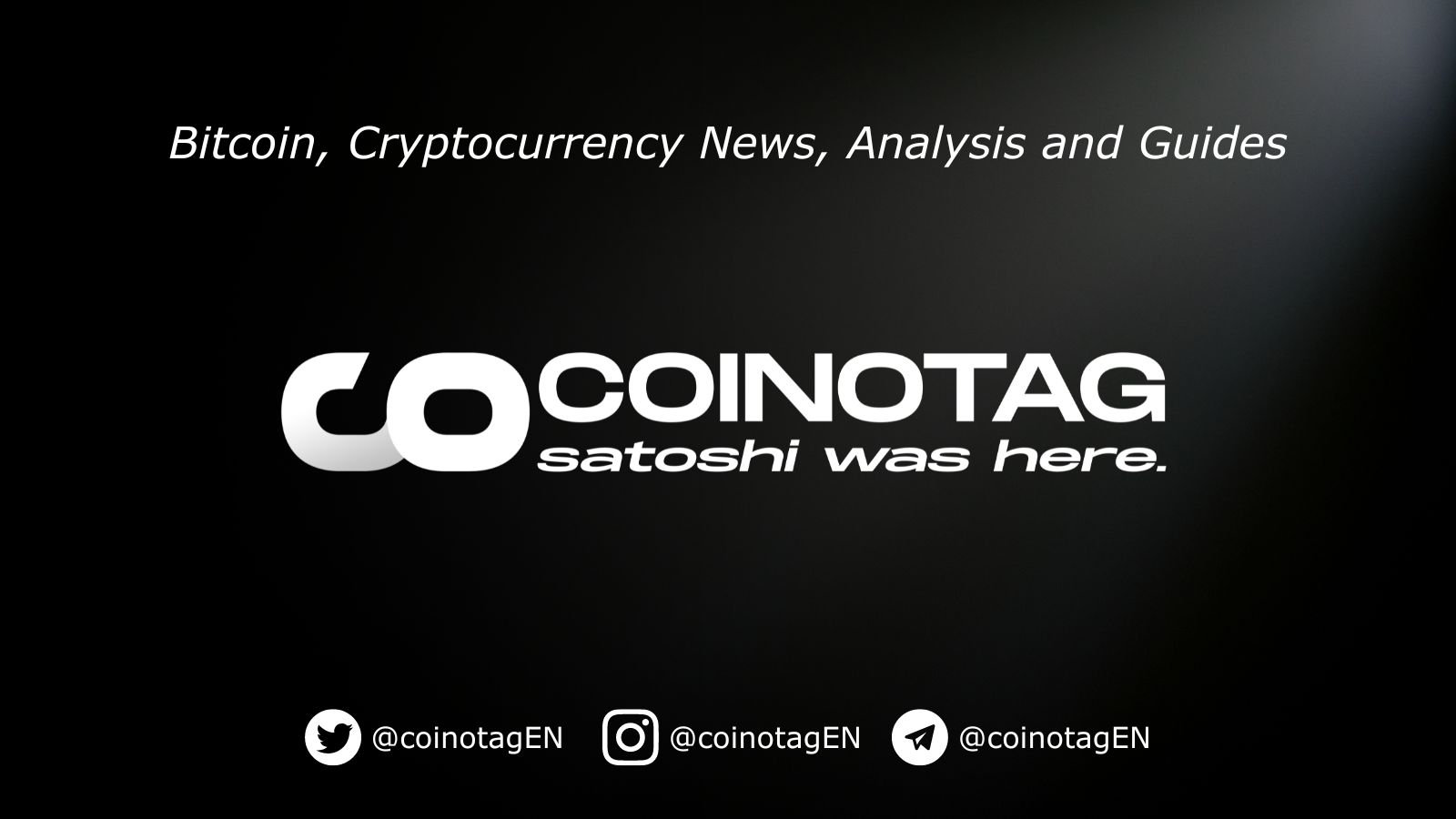
TL;DR Despite its substantial price surge in the past several months, XRP failed to break its 2018 all-time high but came agonizingly close. It has retraced substantially since then, alongside the rest of the market, but ChatGPT believes there are certain factors that could restart its bull run. What Happened With XRP? CryptoPotato reported recently that everything seemed to be going in Ripple’s way ever since the US elections in November last year. Trump’s victory meant an upcoming regulatory change, which was particularly important for the company due to its long-standing legal fight against the local securities watchdog. That lawsuit has effectively ended now, just a few months after Trump’s promised changes came into effect. XRP was name-dropped by the same POTUS to be potentially included in the country’s strategic crypto reserve. There are multiple companies that had filed to launch their own exchange-traded funds tracking XRP’s performance. More recently, another massive development was announced as the company bought a large prime broker for $1.25 billion, which is set to be a game-changer for Ripple and its cross-border token. Yet, XRP’s biggest gains came in the months leading to the actual changes, lawsuit closure, and big purchases, which brought speculations on whether that run was just another classic ‘sell-the-news’ event. The asset peaked in January this year at $3.4, thus matching its record from seven years ago. Since then, it has been mostly downhill, and XRP even slipped below the coveted $2 support on several occasions. Can the Bull Run Start Over? While analysts have their own view on what can restart XRP’s bull run, we decided to ask ChatGPT for its own take. The AI chatbot outlined the aforementioned Ripple ETFs that have to be approved to impact the asset’s price because they can ‘open the gates to institutional flow, like we saw with Bitcoin.’ Second, ChatGPT listed the dire market conditions as of late. An improvement on that front could propel another price surge for XRP, which outperformed most crypto assets during the November-January run. The AI machine sees utility growth and adoption for Ripple’s cross-border payment systems, as well as major partnerships, as the next potential reasons that could lead to an XRP price pump. Whale activity is also important for the price movements of a crypto asset, and ChatGPT noted that many such market participants have disappeared from the XRP landscape as of late. If they return with massive purchases as they did after the elections, the asset could go parabolic once again. Lastly, the chatbot mentioned that XRP needs to break out of the crucial resistance levels at $2.5 and $3 to aim for a new all-time high. “A clean breakout from these resistance zones, with volume, could trigger momentum traders and algorithms,” ChatGPT concluded. The post Can XRP Explode Again? ChatGPT Breaks Down Ripple’s Road to a New Bull Run appeared first on CryptoPotato .
Crypto Potato
You can visit the page to read the article.
Source: Crypto Potato
Disclaimer: The opinion expressed here is not investment advice – it is provided for informational purposes only. It does not necessarily reflect the opinion of BitMaden. Every investment and all trading involves risk, so you should always perform your own research prior to making decisions. We do not recommend investing money you cannot afford to lose.
Unlock Yield on Stellar: Ondo Finance’s Revolutionary USDY Stablecoin Arrives
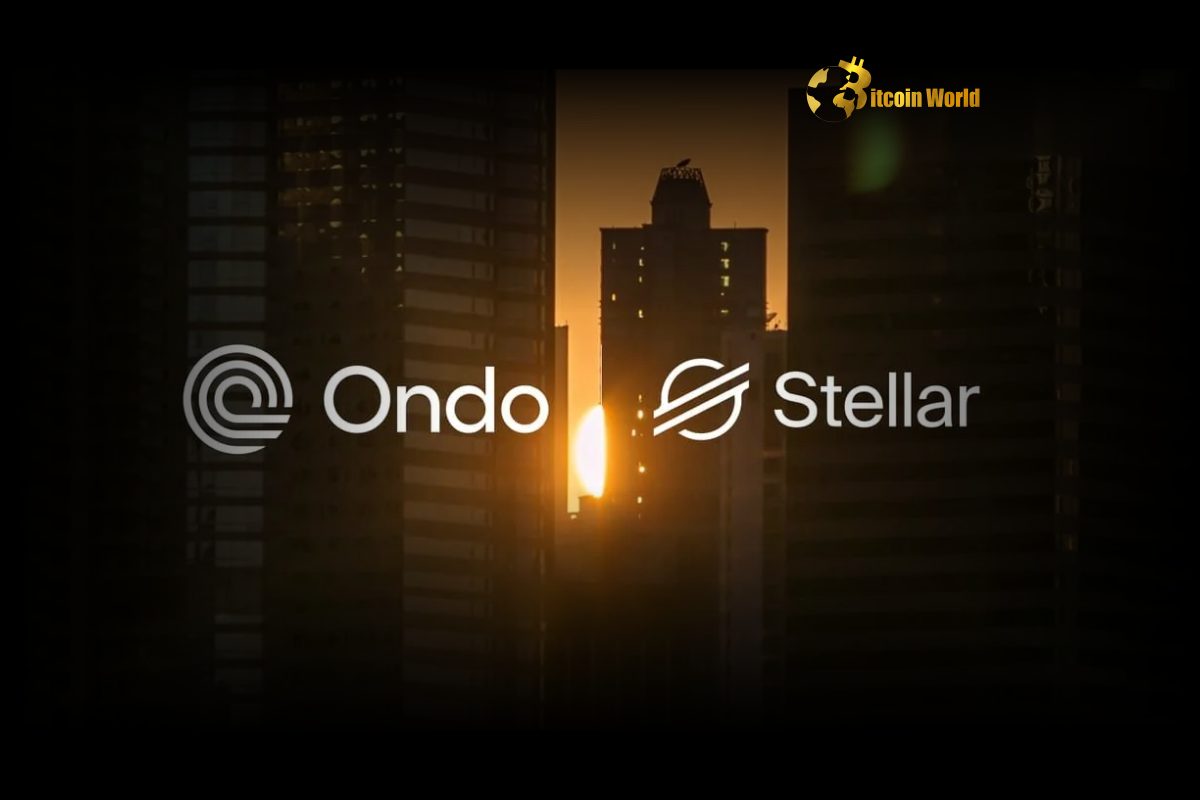
Exciting news for the Stellar community! Ondo Finance, a prominent player in the tokenized asset space, has just announced a significant expansion. They’re bringing their Ondo Finance USDY stablecoin, backed by U.S. Treasuries, to the Stellar Network. This move is set to inject a fresh wave of yield opportunities into the Stellar ecosystem, offering users a chance to earn returns on a familiar and trusted asset class within the speed and efficiency of the Stellar blockchain. Ready to dive into the details of this game-changing integration? What is Ondo Finance USDY and Why is it a Game Changer? Before we delve into the specifics of its arrival on Stellar, let’s quickly recap what Ondo Finance USDY is all about. In essence, USDY is not your average stablecoin. It’s a tokenized note backed by short-term U.S. Treasuries and bank demand deposits. This backing is crucial because it means USDY holders are essentially gaining exposure to the stability and yield of U.S. government debt, but in a digital, easily transferable form. Here’s a breakdown of why this is significant: Yield-Bearing Stablecoin: Unlike traditional stablecoins pegged 1:1 to fiat currencies, USDY aims to provide holders with a yield derived from the underlying U.S. Treasury assets. This means simply holding USDY can potentially generate passive income. Transparency and Security: Backed by U.S. Treasuries, USDY offers a level of transparency and security that resonates with both institutional and retail investors. The assets are held in custody and are subject to regulatory oversight. Tokenized Real-World Assets (RWAs): USDY is a prime example of the growing trend of tokenizing real-world assets. It bridges the gap between traditional finance and the digital asset space, making previously inaccessible markets more readily available to crypto users. The arrival of Ondo Finance USDY on the Stellar network is more than just another token listing; it’s a strategic move that could significantly enhance the utility and attractiveness of the Stellar ecosystem. Why Stellar Network for USDY? Unveiling the Strategic Fit So, why did Ondo Finance choose the Stellar Network as the next destination for their yield stablecoin ? Stellar is known for its speed, low transaction costs, and focus on payments and tokenization. Let’s explore the key reasons behind this synergistic partnership: Efficient Payment Infrastructure: Stellar is specifically designed for fast and cost-effective payments. This makes it an ideal network for a stablecoin like USDY, which aims to facilitate seamless transactions and potentially serve as a stable store of value for everyday use. Low Transaction Fees: High gas fees on some blockchains can erode the benefits of yield-bearing assets, especially for smaller transactions. Stellar’s negligible transaction fees ensure that users can move and utilize their USDY on Stellar without significant cost barriers. Growing Ecosystem: The Stellar ecosystem is vibrant and continuously expanding, with a strong focus on financial inclusion and real-world applications. Integrating USDY into this ecosystem opens up new avenues for decentralized finance (DeFi) and real-world utility within Stellar. Existing User Base: Stellar has a dedicated and active user base, many of whom are already familiar with stablecoins and seeking yield opportunities. Introducing Ondo Finance USDY caters to this demand and provides a compelling reason for users to further engage with the Stellar network. Essentially, Stellar provides the perfect infrastructure for USDY on Stellar to thrive, leveraging its strengths to maximize the benefits for users and the network as a whole. Benefits of USDY on Stellar: A Win-Win Scenario The integration of Ondo Finance USDY into the Stellar network is poised to unlock a range of benefits for both USDY holders and the Stellar ecosystem. Let’s break down the key advantages: Benefit Description Impact Access to Yield for Stellar Users Stellar users gain direct access to a yield-bearing digital asset backed by U.S. Treasuries, previously not readily available within the network. Attracts new users and capital to the Stellar ecosystem, enhances the appeal of holding assets on Stellar. Enhanced Utility of XLM USDY can be used within the Stellar ecosystem for various applications, potentially increasing the demand and utility of XLM, Stellar’s native token, for transaction fees. Strengthens the Stellar network’s economy and potentially drives adoption of XLM. DeFi Opportunities on Stellar USDY can be integrated into Stellar-based DeFi platforms, opening up new avenues for lending, borrowing, and yield farming within the Stellar ecosystem. Expands the DeFi landscape on Stellar, providing users with more sophisticated financial tools. Faster and Cheaper Transactions Utilizing Stellar’s infrastructure, transactions with USDY on Stellar will be significantly faster and cheaper compared to networks with higher fees. Improves user experience and makes USDY more practical for everyday transactions and smaller value transfers. Wider Adoption of Tokenized Treasuries This integration further validates the concept of tokenized real-world assets and can pave the way for wider adoption of tokenized U.S. Treasuries and other RWAs in the crypto space. Contributes to the maturation and mainstream acceptance of blockchain technology in traditional finance. In essence, the arrival of USDY on Stellar creates a powerful synergy, bringing together a yield-generating asset with a high-performance blockchain network. It’s a move that could significantly benefit both communities. Navigating Potential Challenges and Considerations While the integration of Ondo Finance USDY into the Stellar network is undoubtedly exciting, it’s important to acknowledge potential challenges and considerations that users and the ecosystem should be mindful of: Regulatory Landscape: The regulatory environment surrounding stablecoins and tokenized securities is constantly evolving. Users should stay informed about any regulatory changes that could impact USDY and its operations. Smart Contract Risks: As with any digital asset, smart contract risks are inherent. While Ondo Finance and Stellar are reputable entities, users should always exercise caution and understand the potential risks associated with interacting with smart contracts. Yield Fluctuations: The yield on USDY on Stellar is derived from U.S. Treasuries, and therefore, yields can fluctuate based on market conditions and interest rate changes. It’s not a fixed yield and users should be aware of potential variability. Adoption and Liquidity: The success of USDY on Stellar will depend on its adoption within the Stellar ecosystem and the liquidity it achieves on decentralized exchanges (DEXs) and other platforms. Users should monitor liquidity levels before engaging in significant transactions. Despite these considerations, the potential benefits of USDY on Stellar appear to outweigh the risks, particularly given the transparency and backing of USDY by U.S. Treasuries. Actionable Insights: What Does This Mean for You? So, what are the actionable takeaways from this exciting development? Here’s what you should consider: For Stellar Users: If you are a Stellar user, explore the possibility of holding USDY on Stellar to potentially earn yield on your digital assets. Keep an eye out for announcements from Stellar ecosystem projects integrating USDY into their platforms for DeFi opportunities. For Yield Seekers: If you are looking for stablecoin yield opportunities, USDY on Stellar presents a compelling option, combining the stability of a USD-pegged asset with the potential for yield derived from U.S. Treasuries, all within a fast and low-cost network. Stay Informed: Keep up-to-date with announcements from Ondo Finance and the Stellar Development Foundation regarding the rollout of USDY on Stellar , including supported wallets, exchanges, and DeFi platforms. Do Your Own Research (DYOR): Before investing in any digital asset, including USDY on Stellar , conduct thorough research to understand the risks and rewards involved. The introduction of USDY on Stellar is a significant step forward for both Ondo Finance and the Stellar ecosystem. It brings a new dimension of yield opportunities and real-world asset integration to Stellar, potentially attracting more users and capital to the network. Conclusion: A Revolutionary Leap for Stellar and Tokenized Assets Ondo Finance bringing its revolutionary USDY stablecoin to the Stellar Network is a landmark moment. It signifies the growing convergence of traditional finance and decentralized technologies, offering users access to yield from U.S. Treasuries in a seamless, efficient, and transparent manner within the Stellar ecosystem. This move not only enhances the utility of Stellar but also underscores the increasing importance of tokenized real-world assets in the broader crypto landscape. As USDY on Stellar gains traction, it has the potential to reshape how users interact with stablecoins and yield-generating digital assets, setting a new precedent for innovation in the space. To learn more about the latest crypto market trends, explore our article on key developments shaping Ethereum price action. Crypto Potato

Can Quantum Computing Break Bitcoin? Project Eleven Puts It to the Test
Project Eleven, a quantum computing research organization, has announced the Q-Day Prize – a global challenge offering 1 Bitcoin to the first team or individual who can use Shor’s algorithm on a quantum computer to break part of an elliptic curve cryptographic (ECC) key. The competition began on April 16, 2025, and will run until April 5, 2026. The main objective is to assess the real-world risk that quantum computing poses to Bitcoin’s cryptographic security. The challenge specifically targets the Elliptic Curve Digital Signature Algorithm (ECDSA). Global Quantum Challenge According to Project Eleven’s tweet , more than 10 million Bitcoin addresses have exposed public keys, potentially putting an estimated 6.2 million BTC, worth approximately $500 billion, at risk if quantum computing capabilities continue to advance. The Q-Day Prize aims to move the discussion around quantum threats beyond theoretical speculation by encouraging a practical demonstration of vulnerability. Participants must run Shor’s algorithm solely on a quantum computer, without assistance from classical computing methods. Even breaking a few bits of a Bitcoin key would qualify as a valid proof-of-concept and could indicate that full key recovery is plausible with future technological improvements. Project Eleven stated that no real-world ECC key has ever been cracked to date. The initiative comes amid notable progress in the quantum computing sector. Google’s ‘Willow’ chip, for example, recently performed a computation in five minutes that would take traditional supercomputers an estimated 10 septillion years. Other firms, including IBM, Amazon, and Microsoft, have also made advancements in quantum hardware, and access to quantum processors is increasingly available via cloud services. PsiQuantum, another major player in the field, raised $750 million in early 2025, citing developments in photonic chip design and improvements to quantum algorithms such as Shor’s. While industry experts do not consider the quantum threat to Bitcoin to be imminent, Project Eleven’s initiative seeks to quantify that risk through open experimentation. The Great Quantum Debate The quantum computing debate isn’t new. Earlier this year, CryptoQuant identified it as an emerging risk, especially in areas like mining and private key protection. The debate reignited after a November NIST report warned that certain algorithms vulnerable to quantum attacks will be phased out within five years. While some voices, such as ‘Bitcoin Isaiah’ on X, advocate for urgent preparation, others like Blockstream CEO Adam Back maintain that Bitcoin’s encryption should hold firm until around 2035. The post Can Quantum Computing Break Bitcoin? Project Eleven Puts It to the Test appeared first on CryptoPotato . Crypto Potato

